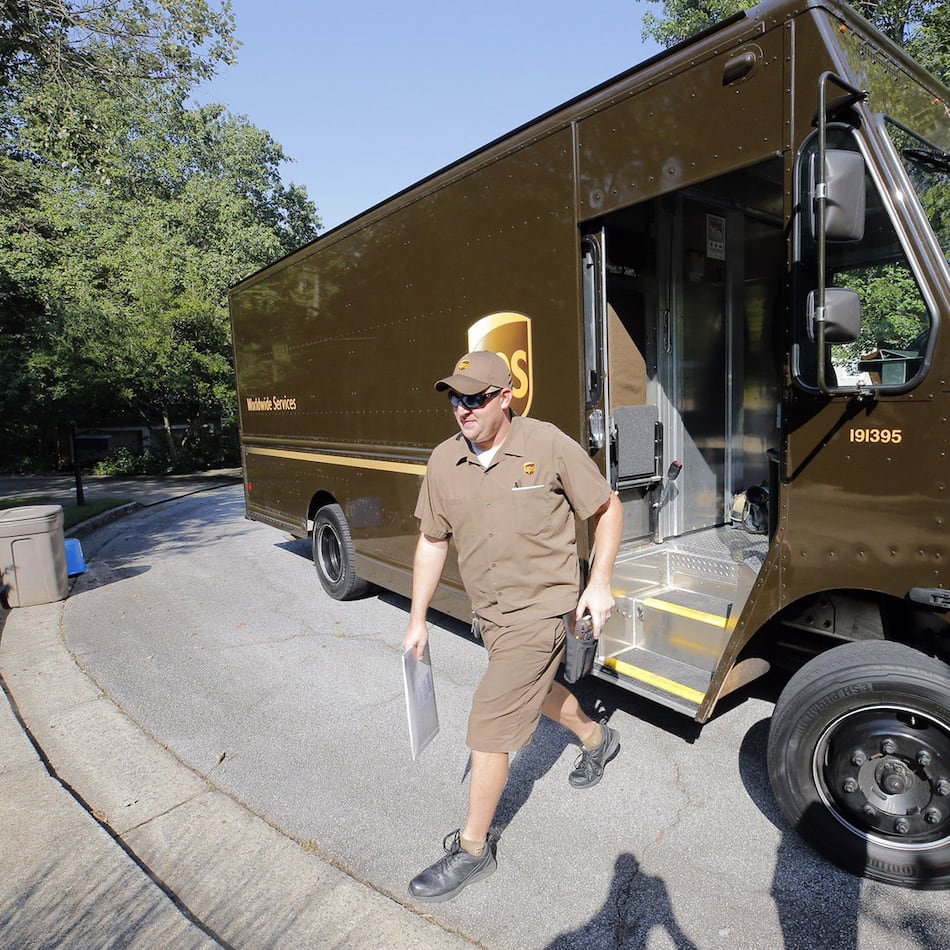Want to reduce your risk of a cesarean delivery? Inducing labor at 39 weeks could do the trick, according to a new report.
» RELATED: Woman underwent emergency C-section without anesthesia, lawsuit claims
Researchers from the University of Utah Health recently conducted a study, published in the New England Journal of Medicine, to determine the consequences of induction at 39 weeks, which is when the baby is full term and it is considered safe for moms to give birth.
"For years, health care providers had been taught to avoid inducing labor in healthy, first-time mothers based on the belief that inducing increases the chance for C-section births," the authors wrote in a release. "However, recent results from small, observational studies indicated that this may not necessarily be the case."
During their assessment, they examined more than 6,100 first-time expectant mothers in 41 hospitals across the country. Half were given inductions and the remainder waited for labor to start without intervention.
The scientists found that 18.6 percent of women from the induction group had C-section deliveries, compared to 22.2 percent of those from the other group. In fact, they estimated that inducing labor at 39 weeks could eliminate the need for one C-section for every 28 deliveries. They also said induction is as safe as spontaneous labor.
Furthermore, inducing labor was linked to lower risk of preeclampsia, a pregnancy complication characterized by high blood pressure and lower rates of respiratory distress among newborns.
"This doesn't mean that everyone should be induced at 39 weeks," co-author Robert Silver said in the release. "Electing to induce labor is a reasonable option that may give the best chance for vaginal delivery and improve outcomes."
“We’re always trying to find the safest way to deliver babies and take care of our patients,” coauthor M. Sean Esplin, M.D. added. “If the primary goal is to keep rates of C-sections down, then elective induction is an option.”
About the Author
Keep Reading
The Latest
Featured


